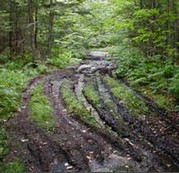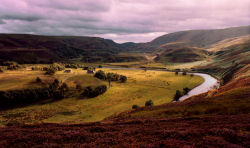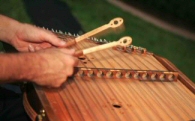 song
song
Hurdles and Ruts

I’ve been thinking a lot lately about the struggles we all go through when learning and mastering a craft. In this case the craft I speak of is music. But, really, it could be any craft. As a beginner you tell yourself, “If I could just play a tune or two, that would make me really happy”. Then, that is not enough. You need to learn twenty, fifty and then a hundred tunes to be happy. After a hundred you realize that the first twenty that you though you learned need to be re-learned because the way you’re playing them really sucks. Eventually your repertoire grows, your technique gets better, your tool set more rich, and you set new goals for yourself. Here is the point. Beginners have one very key thing in common with experienced craftsman. They are both striving to get better.
Along the journey of musical development it is important to have mentors and role models. And it is important for the mentors to remind those following behind that everyone starts at the beginning, and that the most important key to getting better is to follow the path of your interests. Practice all you want, if you are not doing what you want, you ain’t gettin’ better. And if you’re not getting better, it is likely you are getting worse.
One of the things I like most about mentors or roll models is their war stories. What was the path they followed? What inspired them to work so hard and get so good? What hurdles did they have and how did they get out of their ruts? I also love seeing evidence of their own humble beginnings. It reminds me that they are just people and that they really did have to make their way around similar obstacles.
One of my role models is Paul Brady. The man is simply a brilliant guitar player and I am stuck in a rut behind him. One of my hurdles is to find my way out of that rut and cut my own path. For those that don’t know, Paul Brady took a traditional song called Arthur McBride in the mid seventies and made it famous.
Recently I was poking around YouTube and found this live version of the song from 1977 which, aside from a few amusing mistakes, is identical to the recorded version that drew so much acclaim. Check out the gorgeous base line that serves as its own melody. Listen to the finger picking…especially in the solo. Whewww! Classic stuff.
Now, you want to see something really cool? Check out Paul singing the same song in seventyfour. It sounds hokey by comparison. No beautiful base line. Very little finger picking. Mostly strumming. The singing has no character. Man he sucks! O.k., not really, but you get the point. To get from ’74 to ’77 he had some real work to do. If he had stopped in ’74 I don’t think we would be talking about this song.
So, I don’t know about you, but I’ve got to get back to practice. I’ve got ruts to get out of.

